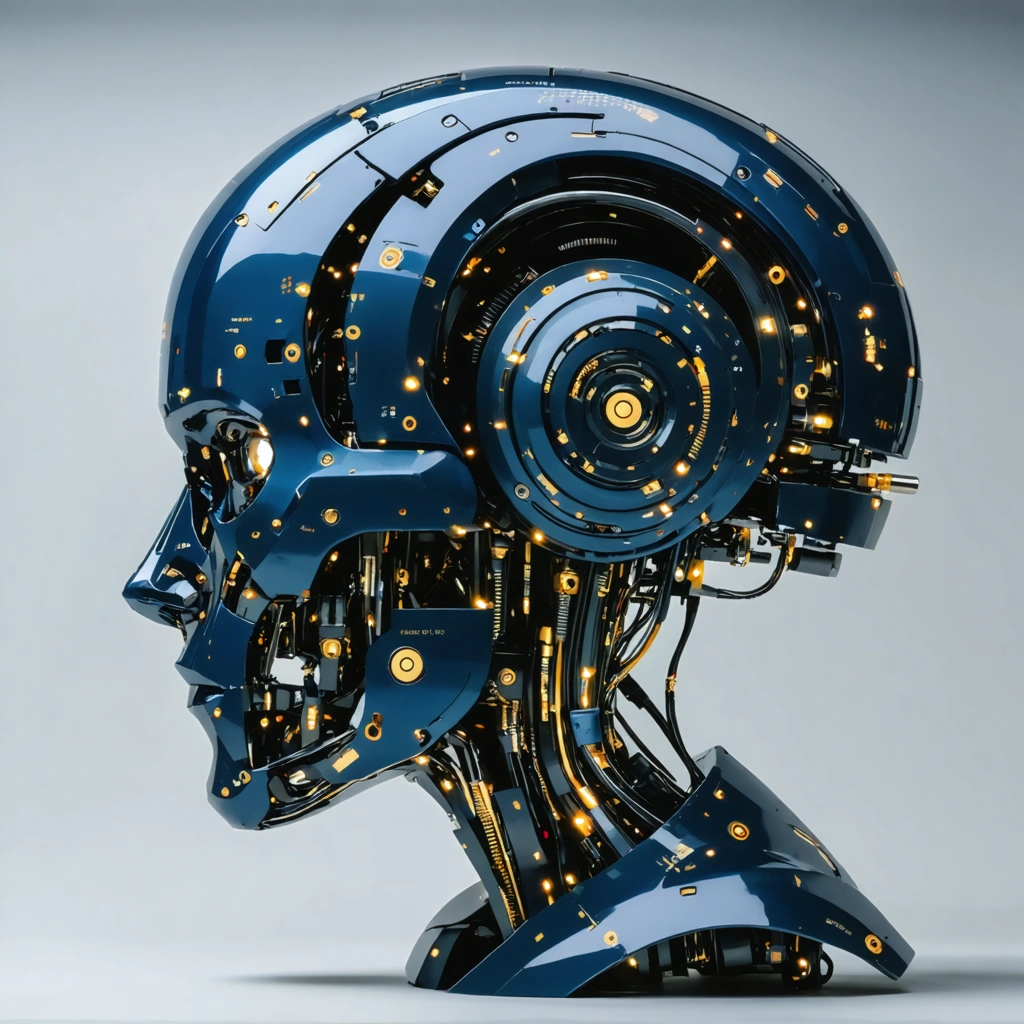
Introduction to Brain-Computer Interfaces in Modern Robotics
The advent of brain-computer interface (BCI) technology represents a remarkable achievement in the intersection of neuroscience and robotics. Recent breakthroughs have enabled individuals with paralysis to operate robotic systems using only their thoughts, potentially transforming lives while opening new frontiers in industrial applications and healthcare. In this business-oriented analysis, we explore how cutting-edge research in neurotechnology is not only providing hope to those with disabilities but is also setting the stage for innovations across multiple sectors.
Technological Overview and Mechanisms
Understanding the Brain-Computer Interface System
At its core, the brain-computer interface links the human mind directly to external devices. This process involves:
- Detection: Specialized sensors capture neural activity from the brain.
- Interpretation: Advanced algorithms analyze the signals to determine intent.
- Execution: The desired actions are transmitted to a robotic device capable of performing tasks.
This direct communication pathway bypasses traditional physical limitations and enables seamless interaction between mind and machine. The system discussed in the recent groundbreaking study allows a paralyzed individual to control a robotic arm, demonstrating the potential to grasp, move, and drop objects through thought alone.
Integration with Robotic Systems
The robotic arm, equipped with precise sensors and actuators, is engineered to mirror human hand movements. Key components include:
- Sensors: These measure feedback such as force and movement, ensuring the arm’s actions are both accurate and adaptable to dynamic environments.
- Actuators: Highly responsive motors translate neural commands into corresponding motions.
- Feedback Loops: Continuous communication between the robotic arm and the central processing unit ensures adjustments are made in real time for precision in movement.
This integration of neural signals with mechanical execution creates a responsive and intuitive system that is not only a lifeline for those with disabilities but also has wide applications in sectors such as manufacturing, remote operation, and even complex surgical procedures.
Business Implications and Future Opportunities
Market Dynamics and Investment Potential
BCI technology’s rapid progress has implications far beyond the healthcare system. Investors and tech companies are increasingly eyeing the potential of neurotechnology as it redefines robotics. Key opportunities include:
- Expanding Accessibility: Enabling individuals with physical limitations to regain autonomy through assistive technology.
- Industrial Automation: Implementing BCI-controlled systems in hazardous environments or areas requiring high precision.
- Emerging Startups: Numerous startups are emerging to capitalize on this innovative fusion of brain science and robotics.
For businesses, strategic partnerships and investments in research and development are essential to compete in a market that looks to harness the full spectrum of autonomous technology powered by thought processes.
Challenges and Considerations
Despite its promise, widespread adoption of brain-computer interfaces faces several hurdles:
| Challenge | Description |
|---|---|
| Regulatory Approval | Navigating the complex environment of regulatory frameworks for medical and consumer devices. |
| Data Security | Ensuring that neural data is not compromised and privacy is maintained. |
| Cost Management | Balancing expensive R&D costs with affordable, scalable solutions for mass production. |
| User Adaptation | Facilitating an intuitive user experience to overcome potential learning curves. |
Addressing these challenges is critical for both the technical evolution and the market acceptance of BCI-powered robotic systems. It requires collaboration among developers, legal experts, investors, and end users to create robust, secure, and effective solutions that meet the demanding standards of both medical and industrial applications.
Case Study and Future Outlook
Case Study: Empowering Lives and Industries
A recent breakthrough featuring a paralyzed individual controlling a robotic arm solely through thought has been hailed as a pivotal case study by experts. This achievement:
- Proves the viability of translating cerebral signals into complex physical tasks.
- Demonstrates the potential of robotic systems to integrate seamlessly with human cognitive processes.
- Encourages further investments into technologies that can extend these benefits to a broader market.
Business leaders are encouraged to analyze such case studies for insights on both the technical feasibility and the broader commercial impact of BCI-driven robotics.
Future Outlook: Trends and Strategic Directions
Looking ahead, the integration of brain-computer interfaces with robotics is expected to set new trends in both technology and business. Future strategic directions may include:
- Enhanced Collaboration: Forming working groups between neuroscientists, engineers, and business strategists to innovate further.
- Scalability Solutions: Developing cost-effective systems that can be produced on a larger scale for commercial distribution.
- Cross-Sector Expansion: Leveraging BCI technology in sectors such as smart manufacturing, defense, and telemedicine.
Companies that successfully navigate regulatory landscapes and invest in continuous innovation are likely to lead in this emerging field. The fusion of human cognition with robotic dexterity promises not only to revolutionize how disabilities are managed but also to significantly influence how business technology evolves over the next decade.







